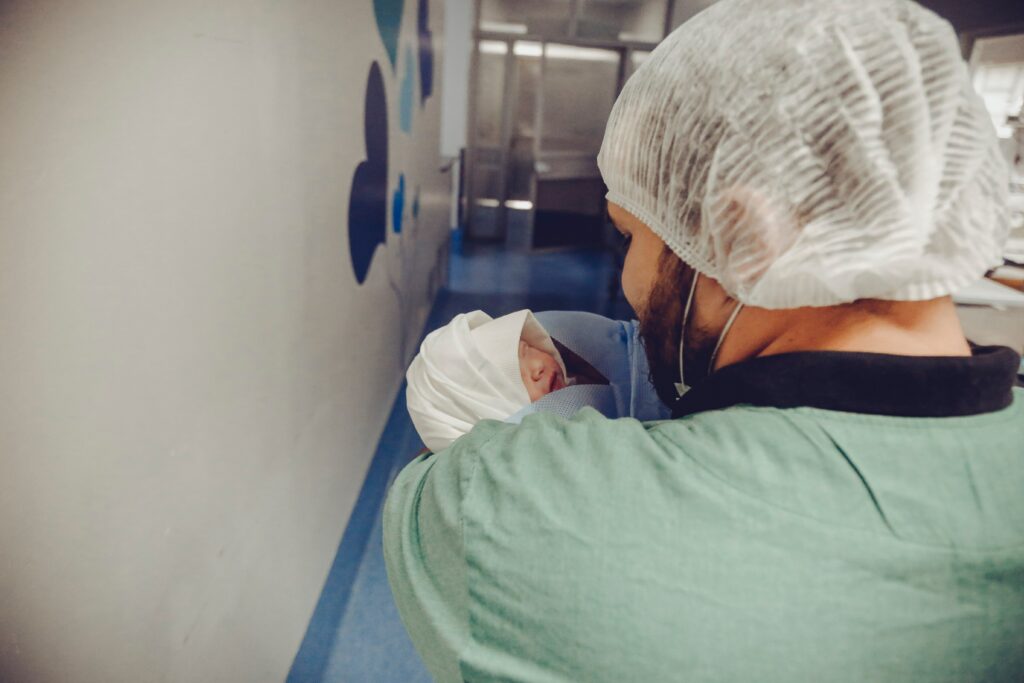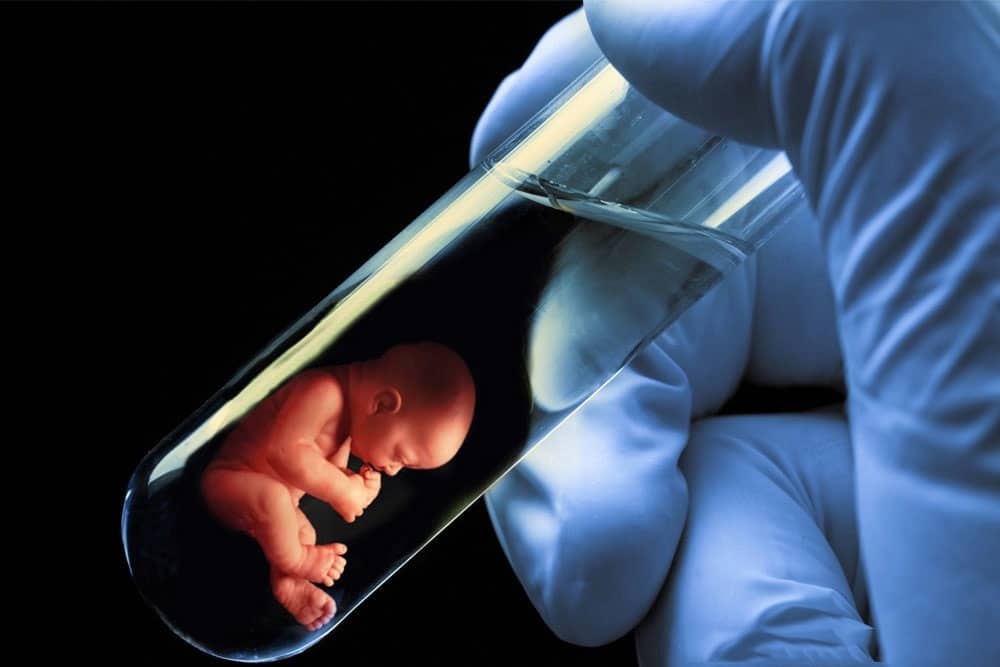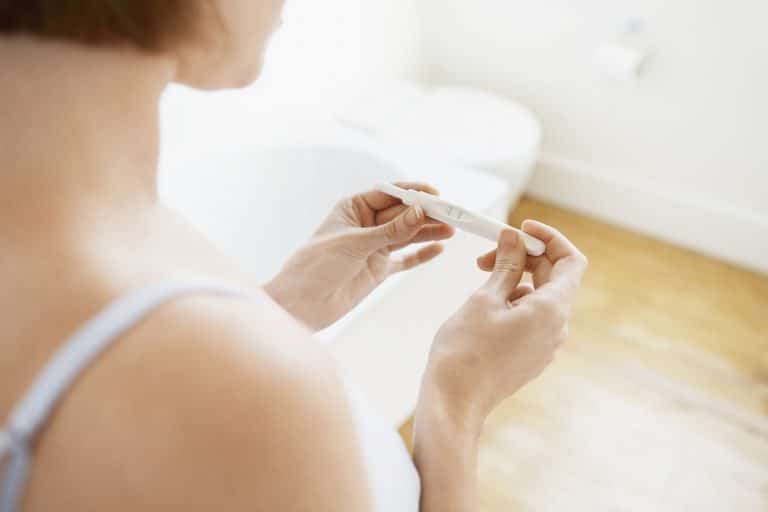The term test tube baby is used for a baby that is conceived outside of the womb. This can be done through in-vitro fertilization, where the egg and sperm are combined in a lab and then placed back into the woman’s womb, or by using donor eggs or sperm. IVF is a complex process, but with advances in medical technology, it is becoming more and more successful. If you are considering IVF treatment as an option for conceiving a child, it is important that you research the benefits and risks associated with the procedure.
As well as embryo transfer and egg retrieval, IVF also involves stimulating the ovaries to produce multiple eggs. This is usually done by giving women medication that contains powerful hormones, although it can be done artificially with injections as well. The eggs (or embryos if you used them for ICSI) are then inserted into the womb using various methods depending on your doctor’s preference.
Artificial insemination (AI) involves the direct insertion of sperm into the woman’s uterus. This is done by using a thin tube that either transfers a fresh semen sample or thawed frozen semen. The process usually takes place at your doctor’s office on the same day that you are undergoing egg retrieval for IVF treatment. In this blog, we will look at test-tube babies treatment and hopefully this giving you a better understanding of the process.
In This Article
What is the test tube baby?

Conceiving a baby outside of the womb using in-vitro fertilization (IVF) is known as a “test-tube baby.” The term ‘test tube’ part of the term refers to an apparatus used in IVF called a test tube. The medical procedure used to place the embryo inside the uterus is called implantation. Other common terms for these procedures are “in-vitro fertilization” or “assisted reproductive technology.””
Test-tube babies are the product of fertilization between an oocyte (ovum) and a sperm outside of the body. The first test-tube baby, Louise Joy Brown, was born in 1978. Since then over five million test tube babies have been born worldwide around the world. Louise Brown conception required two procedures egg retrieval and IVF. The blocked fallopian tubes of the mother prevented normal fertilization of the egg by sperm. The fertility treatment used egg donation, a procedure in which a woman donates her unfertilized egg to be used for IVF.
In order to have an IVF procedure, both the sperm and oocyte must first be handled outside of the body. The oocyte is removed from the mother’s ovaries and fertilized with sperm in a laboratory petri dish. The fallopian tubes of the mother are then repaired or removed, depending on the cause of infertility. According to medical intervention, the oocyte may be fertilized by sperm in vitro at any time prior to ovulation or during ovulation itself.
The fertility specialist suggests that the first IVF baby procedure should be at the point of ovulation. Sperm is collected from the father and placed in a dish with an egg for fertilization. The embryologist selects one sperm to penetrate the egg, removing others if necessary because only one sperm can enter the egg to fertilize it. So, intrauterine insemination is the only available IVF treatment for women who do not ovulate. If the sperm is scarce, intracytoplasmic sperm injection (ICSI) can be used to insert a single sperm into an egg.
What is the step by step test tube baby process?

Although the term test tube baby process is sometimes used in reference to the whole IVF treatment process, it is more frequently applied just to conception. The steps in the test tube baby process usually begin with ovarian stimulation. Ovarian stimulation is a treatment designed to prepare multiple eggs for retrieval during ovulation induction. Baby born by test tube process has the following steps
1. Ovarian stimulation
The fertility treatment starts with ovarian stimulation, which is also called controlled ovarian hyperstimulation syndrome. This can be done by injecting medications to stimulate the ovaries. This process happens over several weeks until several eggs mature fully and are ready for release during ovulation.
2. Egg retrieval
It’s the 2nd step of the test-tube baby process. The eggs are removed from the ovaries by aspiration. A needle is inserted through the vagina and cervix into each follicle containing an egg in order to remove about ten eggs or less. This process usually takes about fifteen minutes, so most women feel discomfort for a few minutes, but after that, they do not have any significant pain.
3. Sperm collection and fertilization
In this step, sperm will be collected and washed in a lab for preparation to combine with eggs. The resultant embryos are transferred back into the uterus three to five days following egg retrieval. The fallopian tube is the most convenient route for transfer because of its proximity to the eggs and uterus. Sperm is usually collected from a male partner or donor after he has ejaculated. The sperm cells will be separated from the semen, which contains a lot of other fluids and cells that may interfere with fertilization.
4 Embryo culture and selection
Embryos are grown in the lab for an additional 3 to 5 days before embryo transfer. The embryos are observed during this time frame and only embryos of suitable quality will be transferred back into the uterus. The uterine lining is also prepared for implantation during this time. Therefore, the blocked fallopian tubes can be unblocked by this process and pregnancy chances are high.
5. Embryo transfer
This is the final step of the test tube baby process. The selected embryos are transferred back into your uterus. Today, many women decide to go for spontaneous pregnancy after knock-in embryo transfer by their doctor. They do that by avoiding intercourse or using other methods of contraception for about 2 weeks or more. Apart from this, the fallopian tube is the appropriate route for embryo transfer, as it is designed to conduct embryos from the uterus into the fallopian tube.
6. Pregnancy test
A pregnancy test will be done approximately one week after egg retrieval and/or embryos transfer to determine if a woman is pregnant. This is called beta hCG blood test and this process is called beta hCG monitoring. This is important because if no embryos transfer was performed, the patient will not be pregnant and treatment must be started again. In summary, the test-tube baby process is a fertility treatment that helps people conceive who have problems with fertility. It’s a combination of many steps from ovarian stimulation to embryo transfer.
Are test tubes babies normal?

As well as the truth is that test-tube babies are normal in many ways, however, they differ significantly from natural births. Test tube baby birth is a very different process from natural birth. A woman’s egg and a man’s sperm are combined in laboratory glassware for fertilization.
In vitro fertilization (IVF) is a process by which an egg is removed from a woman’s ovary and mixed with sperm in a laboratory petri dish. The mixture is then placed back into the woman’s womb to grow and develop. A woman’s egg and a man’s sperm are both needed for successful conception. Similarly, male factor infertility is responsible for one-third of infertility cases in women. Human fertilization is the joining of a human egg and spermatozoon to form a zygote.
This is the same process that happens in your body, except your reproductive organs are not placed into a test tube. The older the technology becomes, the more alternatives become available for people who may have infertility issues related to ovulation, sperm production or fertilization. Ectopic pregnancy, embryo transfer and egg donation are the few alternatives that have become available for infertile couples. However, these treatments are not particularly simple or inexpensive as well.
The Conclusion
Therefore, a test tube baby is an embryo that has been fertilized in a lab dish, not by sexual intercourse. It can be implanted into the mother’s womb to grow and develop like any other fetus. This process was made possible with the advent of IVF or in vitro fertilization where eggs are removed from the woman’s body, mixed with sperm outside her body, then placed back inside for implantation. We hope that the above context makes it easier to understand what a test tube baby is. If you have any queries, please contact us through the comment section below.










![Home Renovation Guide [2025]](/app/uploads/2021/04/design-hacks-1-378x300.jpg)
